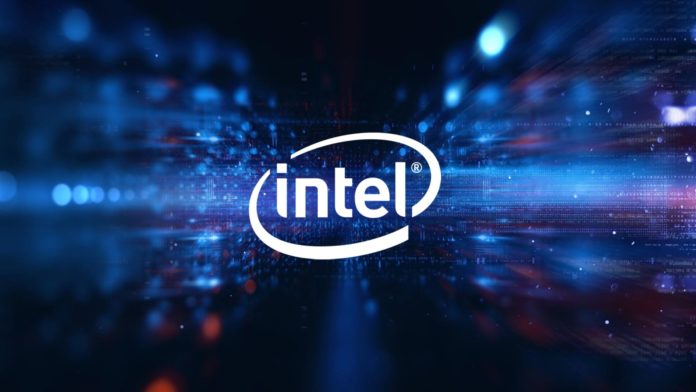Intel has been having a rough patch lately thanks to AMD bulldozing through Intel’s market share. As a result, they are responding with “throwing everything at the wall and seeing what sticks” approach.
Let’s start with the promising new architectural change in the way of Rocket Lake-S. It serves to retire the aging Skylake architecture debuting way back in 2015. It’s a mixed bag as it is still sticking to 14nm, yet bringing some sought after features like PCIe 4.0 and Xe graphics.

Rivaling Qualcomm
Moving on to Lakefield, which is Intel’s attempt to disrupt the mobile chipset market dominated ARM-based chips. And Lakefield is going to achieve this by taking on a big core – little core approach having 1 big core (Sunny Cove) and 4 little cores (Tremont).

Lakefield is being designed as a multi-chip module (MCM). It is essentially a Penta-core processor built on 10nm whilst the I/O and memory modules being built on 14nm or 22nm to keep costs down and yields high. Being a mobile-based chip it targets a sub 10W TDP.
The Sunny Cove cores would be clocked at a higher frequency (1.4GHz base, 2.95GHz boost) whereas the Tremont cores would be slower. This follows in the footsteps of Qualcomm’s offerings such as the Snapdragon 835 and the 8cx for “Always connected Laptops”. They consist of 2 clusters, ‘performance’ core cluster and ‘power-efficient’ cluster.

Cool as Ice: Ice Lake
Three new processors have been spotted in the wild under the Ice Lake nomenclature. And the processors in question are the Ice Lake-U processors i3-1000G4 (2c/4t), i5-1030NG7(4c/8t), and the i7-1060NG7(4c/8t).
The i7 and the i5 are rated at 10W while the i3 is rated at 9W TDP. Both the i5 and i7 use Gen11 Iris Plus graphics for their iGPU graphics but i3 has fewer Compute units.
In other interesting news, the Comet Lake-H chip i9-10880H is capable of 5 GHz boost clock according to 3DMark data. This would put the 10th gen chip 200 MHz higher than the i9-9980H, while still retaining a base clock of about 2.3 GHz.
The Tiger Roars – Intel Tiger Lake
Intel’s latest offering in the APU space to combat AMD’s famous APUs is the Tiger Lake. And Intel might finally have something to cheer about in the APU space as Tiger Lake outperforms AMD’s best.
Tiger Lake is expected to launch later this year. The Xe (Gen12) graphics engine powering these chips help it outperform the Ryzen 4000 series Renoir APUs in synthetic benchmarks.

These chips were tested against AMD’s current best in the way of the Ryzen 9 4900HS. And while the CPU benchmarks expectedly go to the team blue owing to the fact that they possess higher core count and TDP limit. But the interesting part comes from the GPU benchmark result as the Tiger Lake’s Xe registers 10% higher scores than the 7nm Vega graphics. This is an interesting turn of events as AMD has been reigning supreme in the APU space, thus making the positive Xe news even sweeter.
Just recently, Intel also claimed that their integrated processors will help accelerate dedicated GPU performance thanks to DirectX 12. This puts the Intel Tiger Lake lineup on higher ground when compared to AMD’s APUs, and we can only hope for better.


